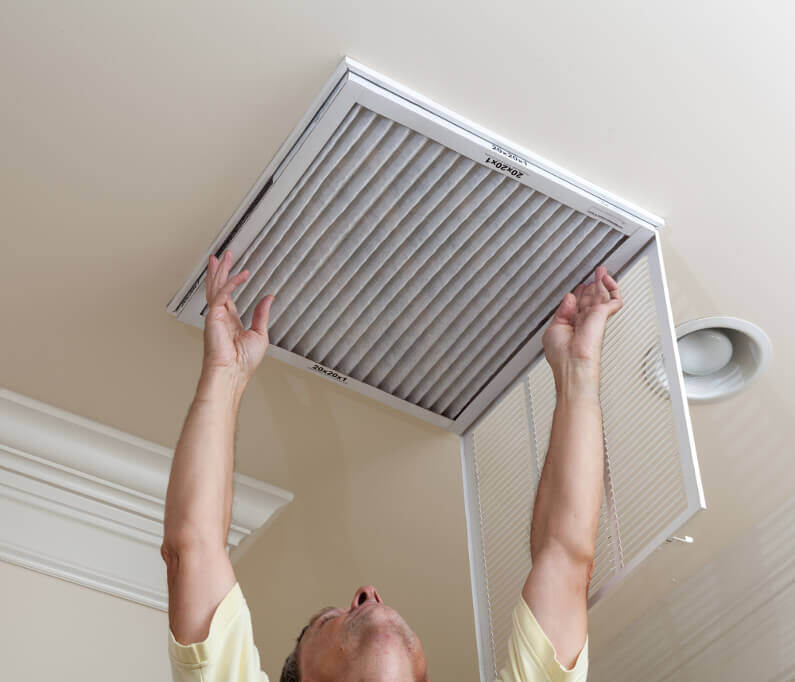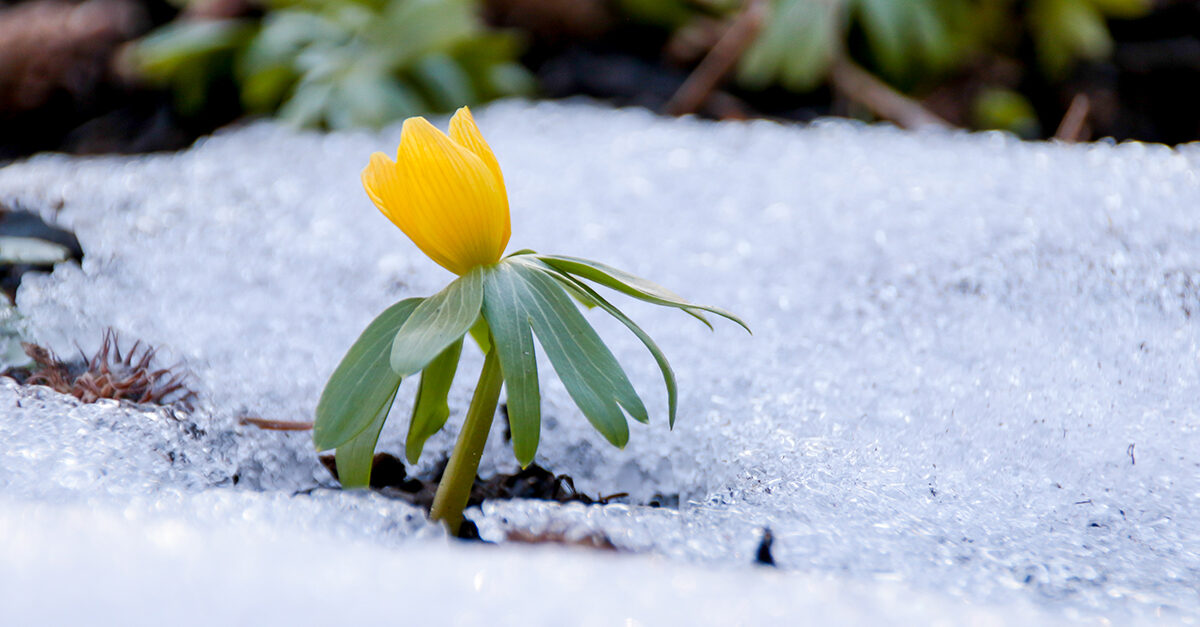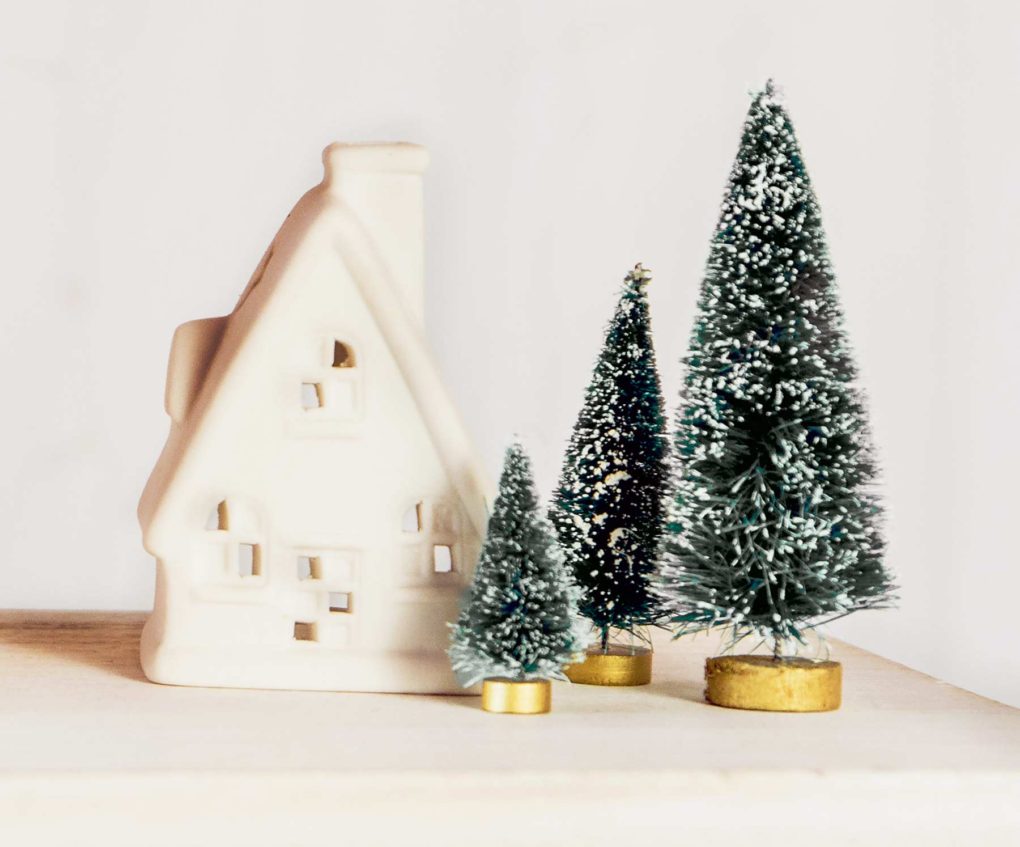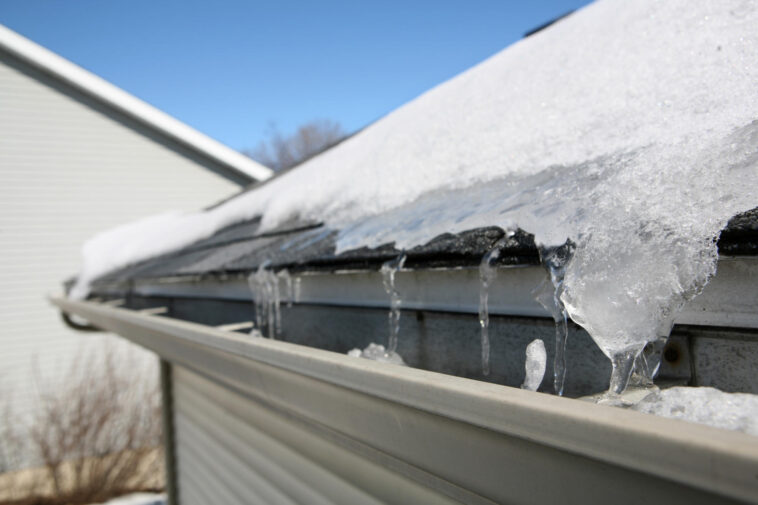As the temperature drops and the days grow shorter, winter brings its own set of challenges for homeowners. From freezing temperatures to winter storms, it’s essential to prepare your home for the coldest months of the year to ensure both your property and family’s safety.
In this article, Odd Job Handyman Services will provide you with ten winter safety tips for homeowners that will help you navigate the season with confidence.
1. Insulate Your Home Properly
One of the most effective ways to keep your home warm and energy-efficient during the winter is by ensuring it’s properly insulated. Start by checking your home’s insulation, especially in the attic and walls. If you notice any deficiencies, consider adding more insulation to keep the warm air in and the cold air out.
2. Seal Drafts Around Doors and Windows
Gaps and drafts around doors and windows can lead to heat loss, making it more challenging to maintain a comfortable temperature in your home. Install weatherstripping to seal gaps and consider using draft stoppers at the bottom of doors to keep the cold air at bay. This simple step can significantly improve your home’s energy efficiency.
3. Schedule a Heating System Check-up

Before the coldest months arrive, it’s crucial to have your heating system professionally inspected and serviced. A well-maintained heating system not only keeps your home warm but also operates more efficiently, saving you money on heating bills. Don’t forget to change air filters regularly to ensure proper airflow and reduce strain on your system.
4. Fireplace and Chimney Safety
Fireplaces and wood-burning stoves add warmth and charm to your home during the winter, but they come with unique safety considerations. Ensure your chimney is clean and in good condition to prevent dangerous creosote buildup, which can lead to chimney fires. Always use a screen when operating your fireplace to prevent sparks from escaping.
5. Prevent Frozen Pipes
Frozen pipes are a common winter woe that can result in costly water damage. To prevent this, insulate pipes in unheated areas of your home, like basements and crawl spaces. On extremely cold nights, allowing faucets to drip can keep water flowing and prevent pipes from freezing.
6. Roof and Gutter Maintenance
Winter storms can be harsh on your roof and gutters. Inspect your roof for any damage or leaks, and clean your gutters to prevent ice dams. Ice dams can lead to water backup and damage to your roof, so consider investing in a roof rake to remove heavy snow safely.
7. Winterize Your Landscape

It’s not just your home that needs protection during winter; your outdoor plants and trees do, too. Gently shake off snow from branches and bushes to prevent breakage. When shoveling snow, take care not to pile it on top of delicate plants or shrubs.
8. Snow and Ice Removal
Invest in quality snow shovels and ice melt before the first snowfall. Keeping driveways and walkways clear of snow and ice is essential to prevent accidents and injuries. Shovel promptly after a snowfall to prevent ice from forming.
9. Holiday Decor Safety
Decorating your home for the holidays is a festive tradition, but safety should be a top priority. Avoid overloading electrical circuits with holiday lights and decorations. Carefully inspect your lights for frayed wires or other damage, and always turn them off when you leave the house or go to bed.
10. Emergency Preparedness
Winter can bring unexpected emergencies, from power outages to extreme weather conditions. Be prepared by creating a winter emergency kit that includes essentials like flashlights, batteries, non-perishable food, bottled water, warm blankets, and a first-aid kit. If you have a backup heating source, such as a generator or portable heater, make sure it’s in working condition.

Bonus Tip: Prepare Your Car for Winter
While these tips primarily focus on your home, don’t forget to prepare your vehicle for winter as well. Check your car’s battery, tires, brakes, and wipers to ensure they are in good working order. Keep an emergency kit in your car that includes a flashlight, blankets, a first-aid kit, and non-perishable snacks.
Winter can be a wonderful time of year, but it also presents unique challenges for homeowners. By following these ten winter safety tips, you can protect your home, reduce energy costs, and, most importantly, ensure the safety and well-being of your family. Keep in mind that a well-insulated home, a properly maintained heating system, and proactive steps to prevent frozen pipes and other hazards can make a significant difference during the winter months.
Preparation is the key to a safe and enjoyable winter. Take the time to assess your home’s insulation, seal drafts, schedule heating system maintenance, and address potential hazards. By doing so, you’ll be well-equipped to embrace the beauty of winter while staying warm and secure in your home. With the right precautions, you can confidently navigate the challenges of the season and make the most of this magical time of year .




